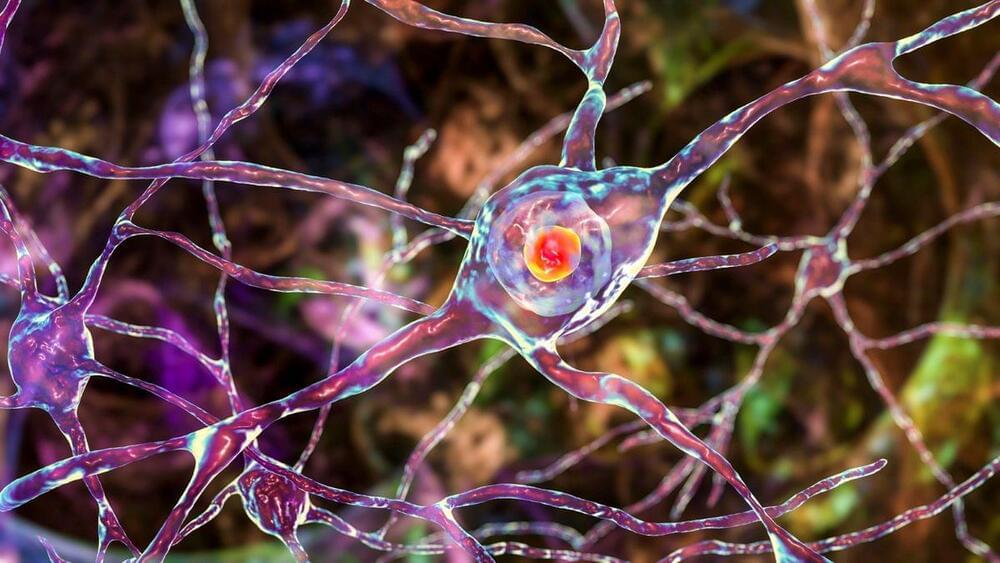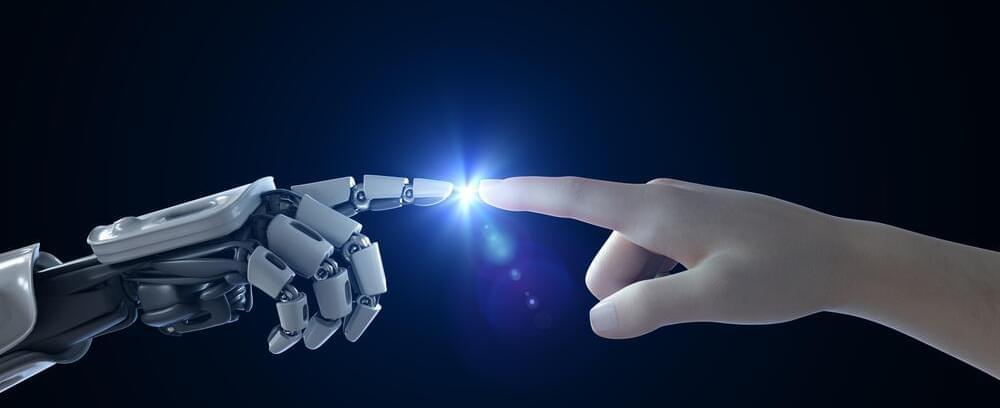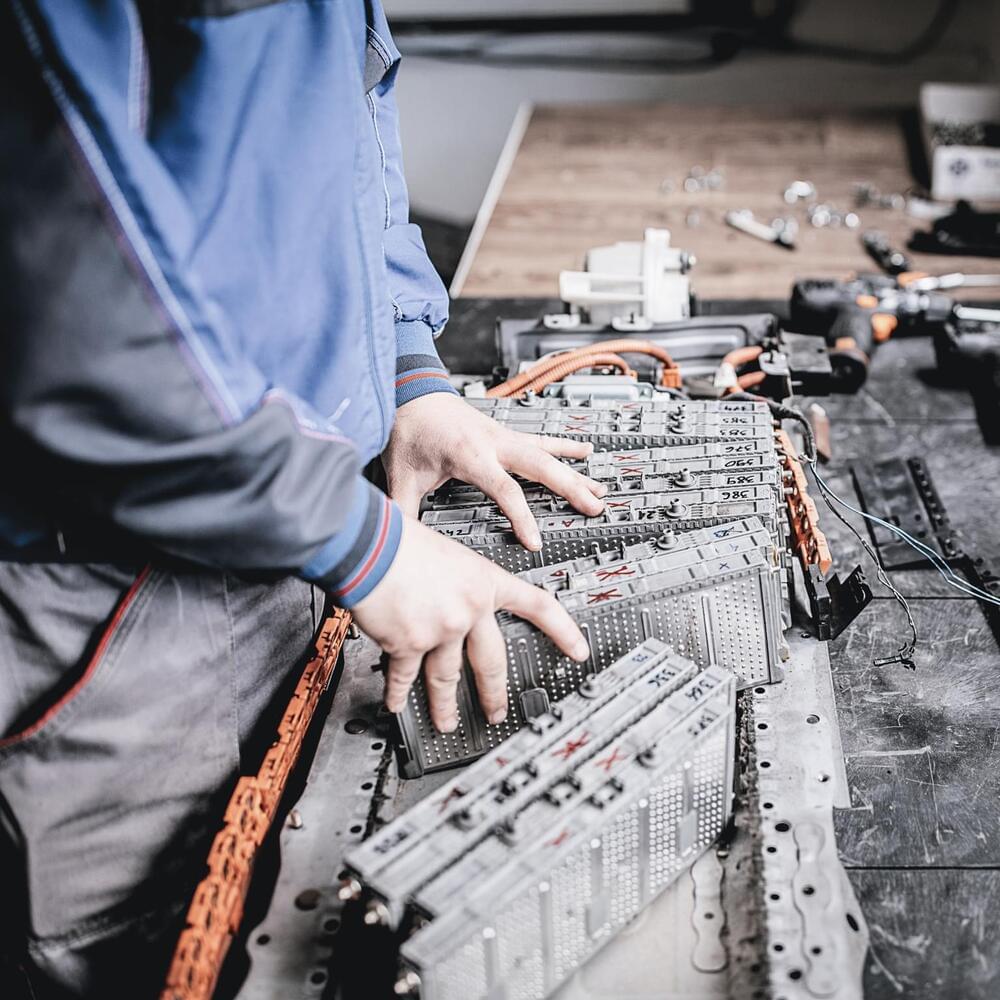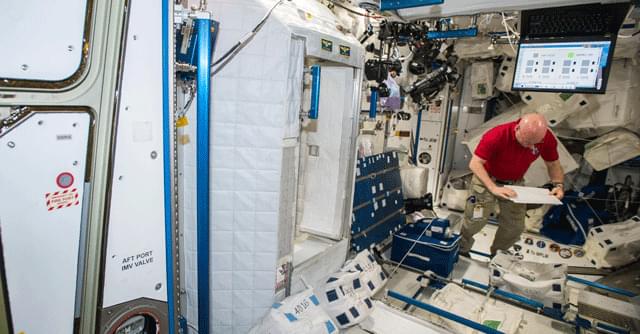As sales of battery electric vehicles (BEV) increase, OEMs need to focus on R&D excellence, flexible manufacturing, and value-chain integration to improve profitability.
Even in countries where BEV sales are picking up, many automotive executives are concerned about profitability. Some EV OEMs have already begun investigating changes to their go-to-market models that may increase sales and reduce costs quickly. Over the midterm, however, they will need to apply additional measures to be profitable, and our recent research shows that three levers will be particularly important in this respect:
Most OEMs do not have all the required capabilities, such as the ability to develop software for both batteries and e-drive, to move BEV production completely in-house. Consequently, they often need to form strategic partnerships across the ecosystem, including those for BEV design, manufacturing, and component sourcing. These partnerships will also allow them to share the burden of capex spending until they achieve sufficient scale.
Partnerships can take many forms, such as joint ventures, and OEMs may form links across the value chain, such as those with battery suppliers. These partnerships may have various goals, from securing a supply of high-quality lithium-ion battery cells to codeveloping vehicles to building a supporting charging infrastructure. Managing such partnerships will require close attention and the ability to lead a complex network.
BEV profitability will continue to face headwinds from high e-drive and battery costs, as well as the need for high investments at a time when sales volumes remain challenged. By focusing on additional cost reductions in R&D, manufacturing processes, and value-chain integration, companies may realize profitability and put themselves in a stronger position as the BEV market gains traction.









